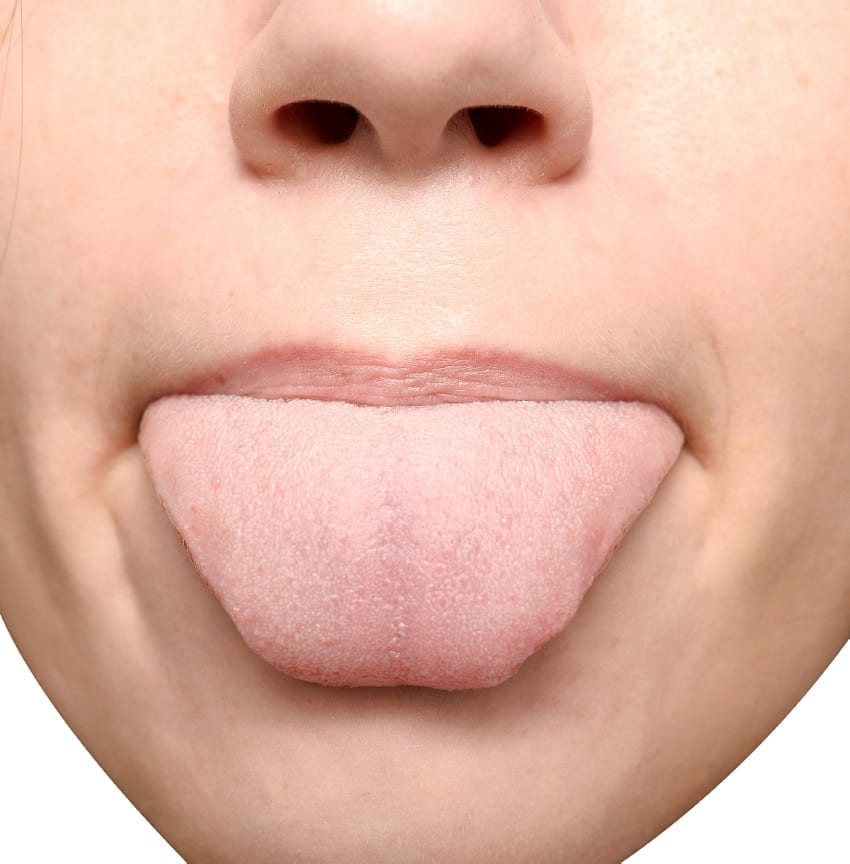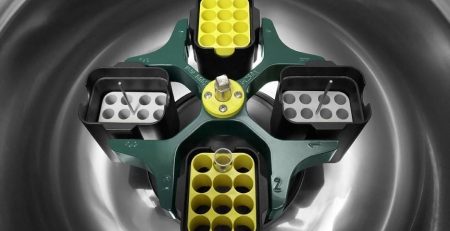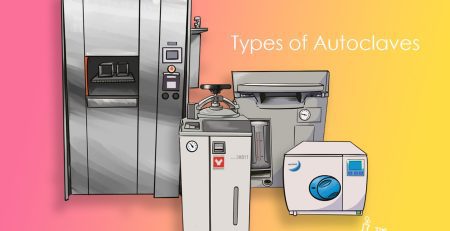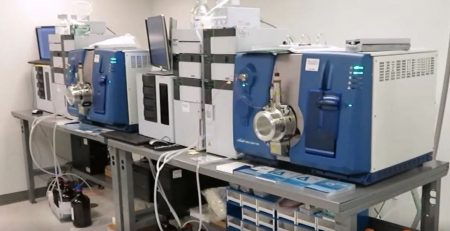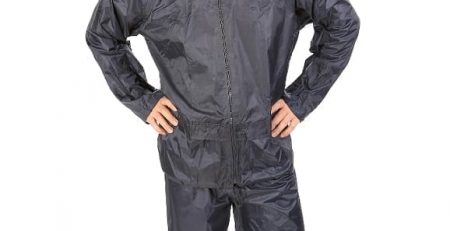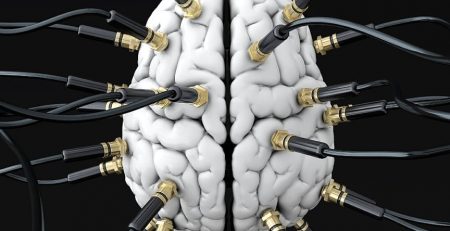Using Your Tongue to See
Yep, you read that right. The FDA has now officially approved the BrainPort V100, produced by Wisconson-based Wicab, Inc. and designed to assist those with both acquired and congenital blindness identify their surroundings and more quickly gain their bearings.
Recommended for use with other aides, such as a guide dog, the technology uses a video camera mounted on a pair of glasses to capture the users’ surroundings. Software then converts these images into electrical signals that are sent to a small, flat intra-oral device that contains a series of electrodes that the user holds against their tongue. White pixels from the camera are felt on the tongue as a strong stimulation, black pixels as no stimulation, and gray as medium levels of stimulation. According to Wicab’s website, users report the sensation as “pictures that are painted on the tongue with tiny bubbles.”
Ok – so users won’t be fully regaining their sight, but out of the 74 subjects in the clinical trial, 69% were able to successfully identify objects in a recognition test after one year of training. While Wicab recommends a minimum of 10 hours of one-on-one sessions to learn how to interpret the sensory information properly, over time users can decode the various stimulations to determine, not only where object are, but their position, size, shape and whether or not they are moving.
This could mean an increased amount of independence for the 1.2 million Americans the National Institute of Health’s National Eye Institute reported were blind as of 2010. That number is expected to rise to more than 2 million by 2030 and 4 million people by 2050.




